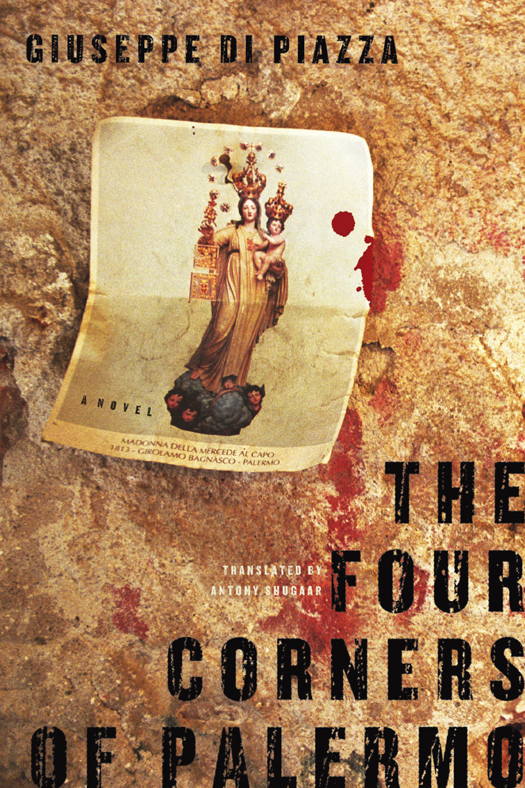
The Four Corners of Palermo
A Novel
- اطلاعات
- نقد و بررسی
- دیدگاه کاربران
نقد و بررسی

July 28, 2014
Four vignettes paint a rich picture of Mafia-ridden Sicily in this slim debut novel. In the first story, a 23-year-old reporter working the organized crime beat in 1980s Palermo finds himself covering the Spataros, a “dynasty that was to Cosa Nostra what the Tudors were to the English throne.” Family scion Marinello has opted out of the business, sparking a feud as dramatic as anything in Shakespeare. From there, Di Piazza follows three other characters: a French visitor, a father accused of kidnapping his children, and a woman whose father is found beheaded in a town square. The novel is at its most memorable, however, when chronicling the young reporter’s experiences. “We were living the carefree lives of people in their twenties,” he writes, “immersed in a city that was methodically going about committing suicide.” Indeed, what emerges is both amusing and tragic: a cadre of young people who spend their days documenting grisly mafia murders, and their nights in pursuit of alcohol and sex. The insights offered here were undoubtedly come by firsthand, since Di Piazza himself is a veteran journalist in Sicily. His first foray into fiction is compelling and raw.

Starred review from September 1, 2014
Four corners has two meanings here: the Quattro Canti refers to the four corners of the two roads forming the main piazza in Palermo, with canto also meaning song, as Di Piazza points out in a note at book's end. Di Piazza excavates both meanings brilliantly in this blend of novel and memoir, pulling up relics from the second Mafia war in the 1980s that made a slaughterhouse (a term Di Piazza repeats throughout) of Palermo, and from his memories of being a twentyish crime reporter during this time. The novel is staged in Palermo and divided into four parts: each one named after a victim or a protagonist of a horrific crime that the young Di Piazza investigated. Everything intersects in these stories: Di Piazza's professional life, with its rushing to car bombings and other grisly discoveries, and his personal life, filled with girlfriends, cooking, American jazz and rock, and his reflections on love and honor, made more weighty and urgent by the bloody, hateful acts he must confront. Although the novel is focused on 1980s Palermo, Di Piazza's lyrical, philosophical writing lifts it from that particular place and time into a hard-won perspective on living. This would be an excellent companion to Roberto Saviano's nonfiction Gomorrah (2007), about Mafia wars in Naples.(Reprinted with permission of Booklist, copyright 2014, American Library Association.)




دیدگاه کاربران